China‘s advanced “drone carrier,” Jiu Tian, is set to launch its first mission by the end of June 2025, marking a bold step in extending the Chinese air force’s unmanned aerial combat capabilities. This high-altitude, jet-powered unmanned aerial vehicle (UAV) will undergo a series of tests before deployment with the People’s Liberation Army (PLA), fueling both excitement and skepticism within the global drone community, according to the SCMP.
Unveiled at the Zhuhai Air Show in November 2024, the Jiu Tian—meaning “high sky”—features a 4,350-mile (7,000 km) range and can operate at 50,000 feet (15,000 meters). With a maximum takeoff weight of 16 tons and an 82-foot (25-meter) wingspan, it can carry up to 6 tons of payload, including loitering munitions and small drones like kamikaze UAVs. “The aircraft can release up to 100 units of loitering ammunition or small drones from both sides of its belly,” CCTV reported, emphasizing its swarm deployment potential.
The UAV also boasts a 36-hour endurance, enabling extended missions far from its base. Developed in just 18 months, with the fourth prototype completed by April 2025, the Jiu Tian reflects China’s rapid advancements in UAV technology. Its design allows it to fly above many medium-range defense systems, a strategic advantage in contested airspace.
The Jiu Tian’s ability to deploy up to 100 smaller drones mid-flight positions it as a game-changer in swarm warfare. By releasing a network of drones to conduct reconnaissance, electronic warfare, or strikes, it extends the PLA’s operational reach while minimizing risks to manned aircraft. This aligns with global trends toward autonomous systems, where swarm tactics can overwhelm enemy defenses. For drone professionals, the Jiu Tian highlights the growing role of carrier-based UAVs, potentially inspiring new modular designs.
Despite its capabilities, the Jiu Tian has drawn skepticism. Online critics, as noted in posts on X, have called it “big, slow, and not stealthy,” arguing it’s a “gigantic missile magnet” against advanced air defenses like the U.S. THAAD or Patriot PAC-3 systems, which can engage targets at or above 50,000 feet. One retired U.S. Air Force pilot remarked, “This is like trying to sneak into near-peer enemy airspace with a formation of KC-10s,” suggesting its survivability in contested regions like the Taiwan Strait is questionable without significant support from other PLA assets.
The Jiu Tian ties into China’s broader push to lead the low-altitude economy, which includes drones, flying taxis, and airships. State media have emphasized this sector’s growth, with the Jiu Tian as a flagship project. Its deployment could drive innovations in drone logistics and airspace management but also raises concerns about airspace congestion and the need for counter-UAV defenses, especially with the proliferation of kamikaze drones.
Integrating the Jiu Tian into operations poses challenges. Coordinating a swarm of 100 drones at 50,000 feet requires robust communication systems to prevent signal interference. International airspace regulations may also limit its high-altitude operations over contested regions, potentially tightening airspace access for recreational pilots and drone professionals globally.
The Jiu Tian’s first mission will test its real-world performance, from swarm deployment to long-range navigation. While success could cement China’s lead in UAV technology, its vulnerabilities highlight the need for further innovation. As one CCTV commentator stated, “The Jiu Tian will lay the groundwork for extending unmanned aerial combat,” a claim that resonates with the evolving drone landscape—though its true impact remains to be seen.
Discover more from DroneXL.co
Subscribe to get the latest posts sent to your email.

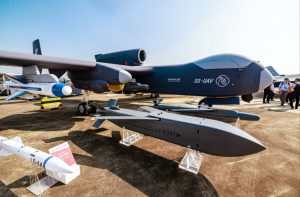
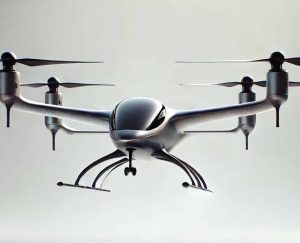


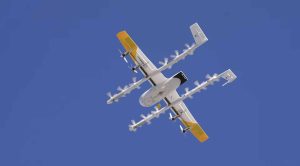





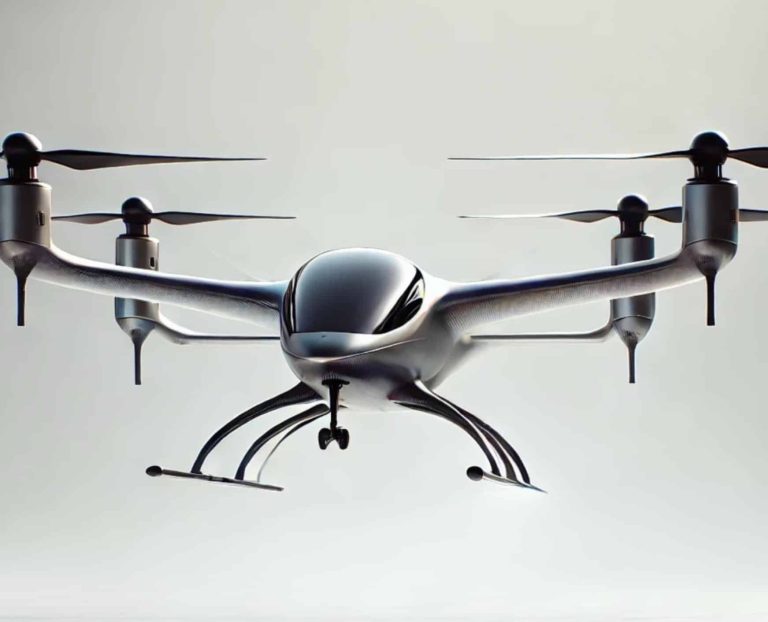

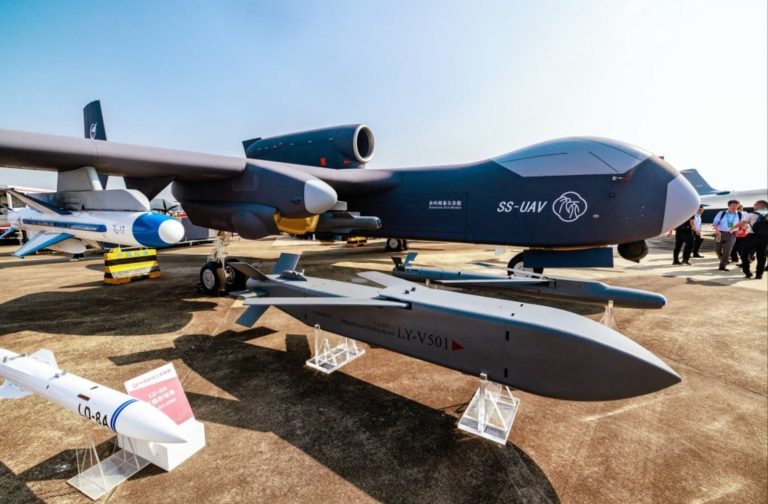

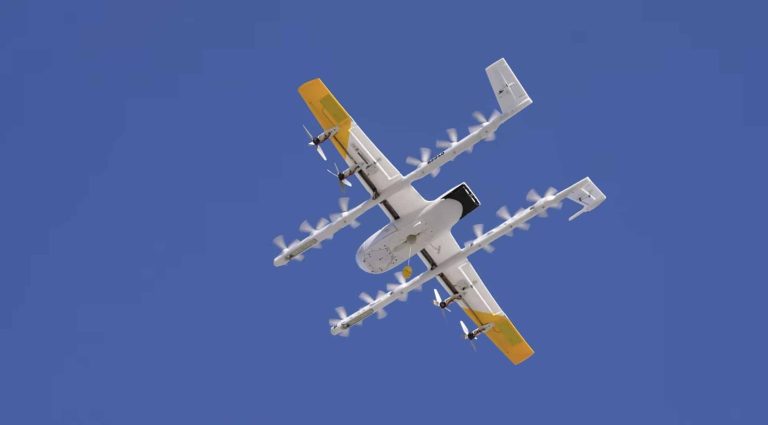


+ There are no comments
Add yours